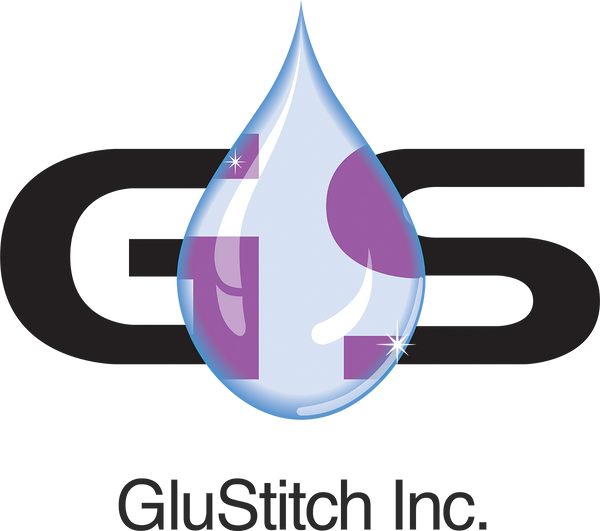The Biocompatibility of Cyanoacrylate Tissue Adhesive in Conjunction with a Collagen Membrane, A Dr. Nevins Study
Summary: This clinical investigation was performed to determine the efficacy of cyanoacrylate tissue adhesive to enhance soft and hard tissue healing of extraction wounds requiring a regenerative effort. Fourteen patients requiring a total of 25 tooth extractions were selected. Twenty sockets were treated with cyanoacrylate tissue adhesive over an exposed collagen barrier membrane without altering the mucogingival junction, while I've extraction sockets were allowed to heal by the secondary healing intention as well but without tissue adhesive application. The results were evaluated with emphasis on soft tissue color and form as well as bone surface morphology. All sites received dental implants. There was a clear advantage to using cyanoacrylate tissue adhesive as a protective mechanism over an exposed collagen barrier membrane.
Study by: Myron Nevins, DDS1 Gerardo Mendoza-Azpur, MSc2 Nicola De Angelis, DDS, DMSc3 David M. Kim, DDS, DMSc4
There is significant knowledge related to the healing of extraction wounds with and without regenerative therapies.1–8 The use of dental implants to replace elements of the dentition has resulted in the need to protect the bony housing after extraction, so as to develop an esthetic soft tissue enhancement. A prominent root position is often accompanied by a thin, frail buccal plate that may be damaged during tooth removal, resulting in a deformed edentulous ridge whose bone morphology would require augmentation before implant placement. Hence, preservation of the alveolus at the time of extraction of prominent roots in the anterior maxilla is crucial to allow optimal implant placement. A clinical case series investigation was initiated to address the potential protective role of cyanoacrylate tissue adhesive in protecting intentionally exposed collagen barrier membranes in extraction socket preservation procedures. Intentional exposure of the collagen barrier membrane to avoid vertical releasing incisions or change in mucogingival junction has been advocated.
Although there have been several clinical and histologic investigations supporting this concept of secondary wound healing over an exposed collagen barrier membrane, not all membranes will have the ability to induce soft and hard tissue healing.9,10 A cyanoacrylate tissue adhesive (Periacryl 90, GluStitch)is known to be biocompatible and nontoxic for wound closure for up to 2 weeks. It has been used widely in dentistry for oral tissue adhesive applications and may play a protective role, with minimal contamination in cases with exposed collagen barrier membranes.
Download the full study here.
